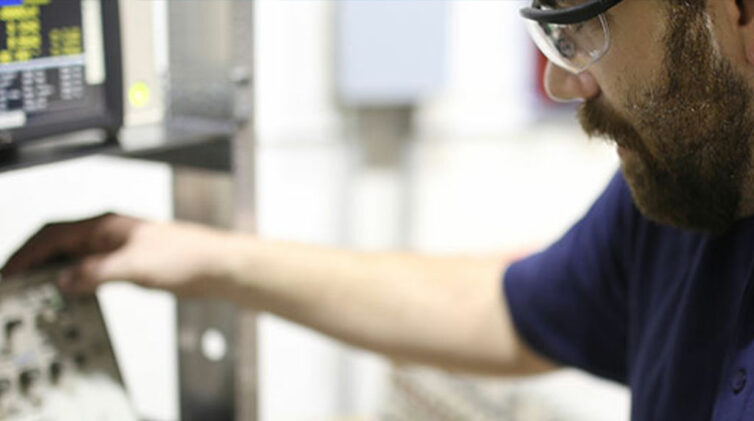Alongside the major initiative, its four smaller scale projects will develop vehicle-to-vehicle and vehicle-to-infrastructure communication, whilst nurturing a partnership with mobile communication service providers, as well as head-hunting a new generation of “innovators”.
The fleet of about 20 new self-driving vehicles will be fitted with new lidar (laser radar) sensors, which scan the environment up to 200 metres ahead, and feature a lightweight and slimmer design, cutting the number of required sensors per vehicle from four to two.
Ford technical leader for autonomous vehicles Jim McBride said the increase in size of Ford’s autonomous vehicle fleet will result in more comprehensive testing and faster development times.
“Adding the latest generation of computers and sensors… helps bring Ford ever closer to having a fully autonomous vehicle ready for production,” he said.
Ford has been testing autonomous vehicle technologies since 2005 and was the first major manufacturer to test its vehicles at the University of Michigan’s Mcity autonomous driving park.
Ford is also focusing its efforts on the burgeoning vehicle communication technology, announcing a new vehicle-to-home connection that will utilise a system called Ford Sync Connect.
The system will allow users to remotely lock and unlock a car from anywhere, locate their car via GPS, remotely start the vehicle, and view information including fuel levels and tyre pressure, from their smartphones.
The new technology will pair with Amazon’s cloud-based voice service Alexa (think along the lines of the iPhone’s Siri), which will also allow users to connect their Ford models to their smart homes.
Drivers will also be able to check their home’s status too such as whether the garage door is closed or if certain lights are on via Sync Connect, as well as access to host of Alexa features including weather reports, music and shopping lists.
Ford executive vice president of global product development and chief technical officer Raj Nair said development of this new technology is as a result of customers wanting to constantly stay connected, regardless of where they are.
“Vehicle owners want the convenience that comes with being connected at home and on the go,” he said.
“With Sync Connect, we are able to provide features and services that make the car an even more seamless part of our customers’ connected lifestyles.”
A separate announcement revealed Ford will partner with American mobile provider AT&T to bring this functionality to customers in the US and although it is yet unclear if these features will make it to the Australian market.
A local Ford spokesperson said it has “not yet announced local plans for this technology”, but with the recent launch of Sync AppLink – a feature that allows you to control some smartphone apps through voice commands – the core technology which Sync Connect is built upon is now in place.
A new vehicle-to-drone initiative is also on Ford’s agenda, allowing quadcopter-type vehicles to survey landscapes and terrain and send mapping data back to a Ford F-150. Ford says the technology has the potential to make the jobs of relief and emergency service workers safer and more efficient.
Finally, the company revealed it is looking for the next wave of new-thinkers to develop the next step of mobility and transportation solutions.
A Ford-sponsored mentorship program dubbed Techstars Mobility, driven by Detroit will offer up to 12 companies US$120,000 (A$169,000) in funding to focus on the consumer experience, information technology and data analytics, multi-modal trip integration and flexible ownership and user experience.
All five programs align with Ford’s previously announced Smart Mobility program, which looks ahead to see how automotive vehicles might fit into the future of transportation and an ever-increasingly connected world.
By Tung Nguyen


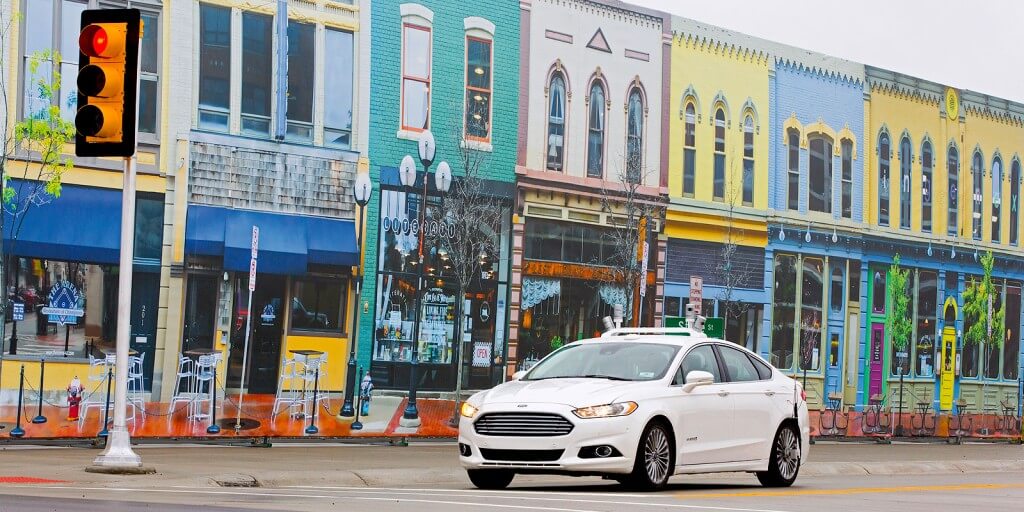

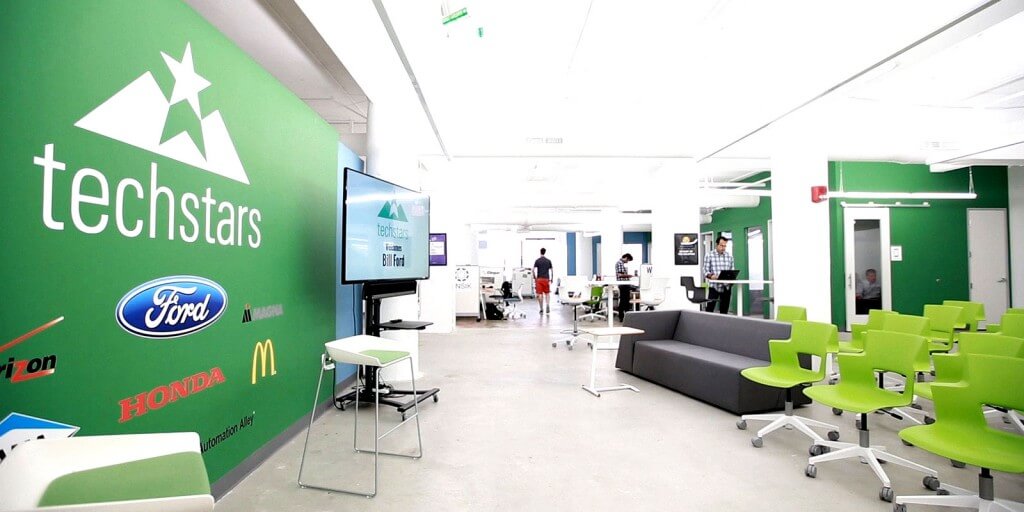
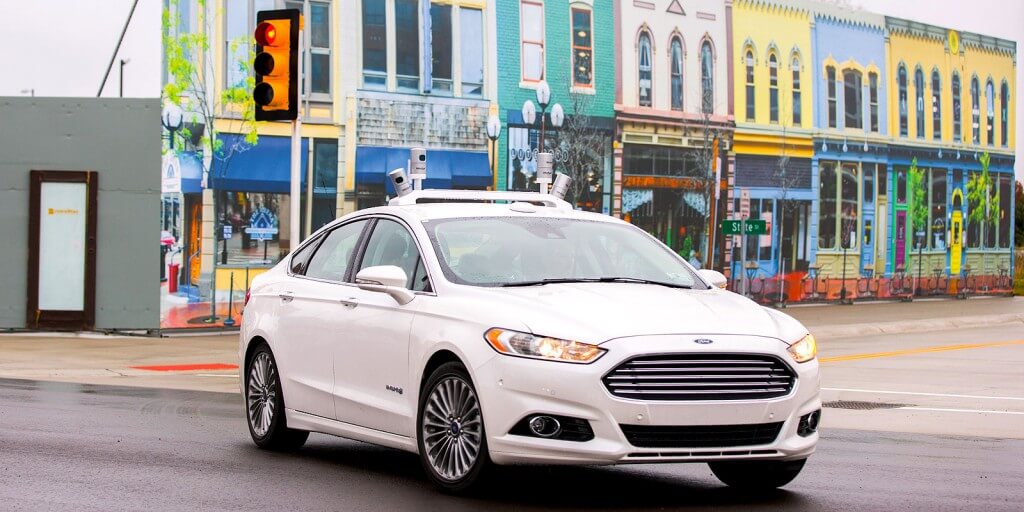










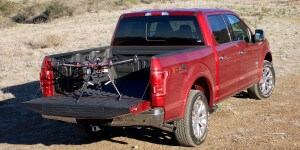
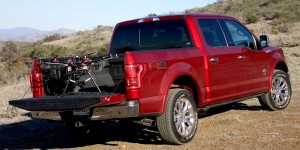
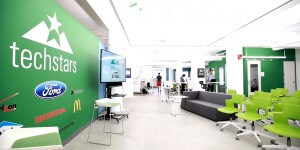

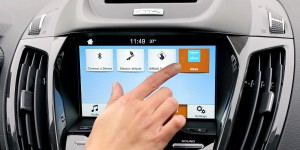
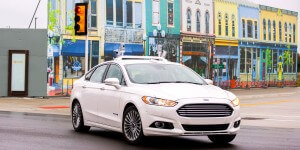
 Read More: Related articles
Read More: Related articles
